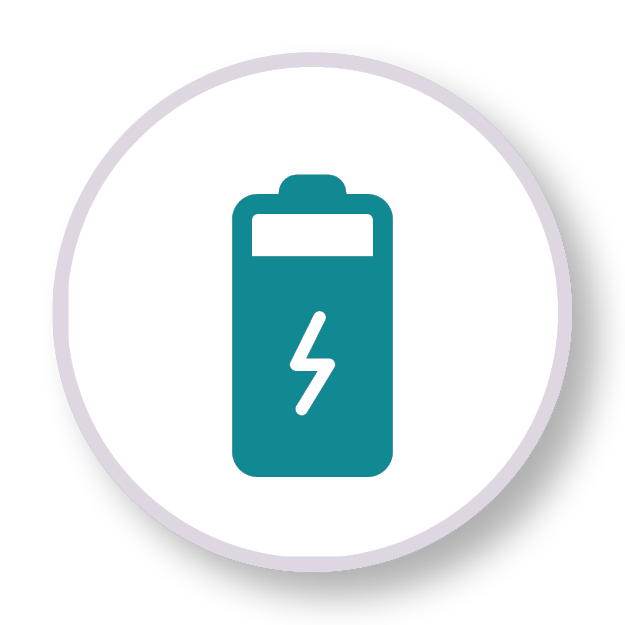2025 Agenda
Our 2025 Key Themes:


Trading Price Forecasting

Operational Challenges

Optimisation and Software

Social Licensing

Asset Management 101

Managing Your Battery Lifecycle

Big Battery Case Studies

Importance of Safety

Trading Price Forecasting

Operational Challenges

Optimisation and Software

Social Licensing

Asset Management 101

Managing Your Battery Lifecycle

Big Battery Case Studies

Importance of Safety

Trading Price Forecasting

Operational Challenges

Optimisation and Software

Social Licensing
Operational battery energy storage throughout Australia is set to increase ninefold over the next 3 years. With 1.9GW operating capacity by 2025, this figure could reach a staggering 18GW by 2027. As grid-forming batteries emerge as a critical technology for stabilising Australia’s renewable energy grid, asset management for this new asset class proves to be far more complex than wind or solar. What are the fundamentals that every asset owner, investor, and operator should consider when it comes to managing these assets effectively?

The NEM is considered one of the most volatile markets in the world, offering significant upside for merchant revenue trading. With the operational capacity of batteries set to triple in the short term and exponentially increase thereafter, grid-forming batteries are emerging as a key technology to address market volatility and support grid stability. What impact will this rapid growth and adoption of grid-forming BESS have on the market?
50% of revenues from BESS in the NEM, came in just 32 days last year. Whilst batteries have recovered from the historic lows of 2023, the average earnings of $148k/MW is still below previous years. As one of the core pillars of asset management, what is the commercial considerations for trading your battery in Australia, and what markets are assets trading in?

As Australia’s storage market grows, operators face pressure to prove ROI and avoid costly surprises. This session shows how advanced BESS analytics goes beyond OEM dashboards—uncovering performance issues, preventing penalties, and linking technical operations to financial outcomes with deeper, more actionable insights that drive smarter, more profitable decisions.


This Case Study will be looking at:
Battery Energy Storage Systems (BESS) are rapidly evolving. Owners want to optimise the operational return and lifespan of their assets. Predictive battery analytics are crucial for this, underpinning safe operation, peak performance, and longer life. Alan and Jasper will discuss how to use independent analytics to minimise risk, optimise returns and manage contract and warranty issues. They’ll share real-world examples, highlighting how third-party insights into battery health are vital for maximising revenue and preventing unexpected downtime. Attendees will learn about the strategic importance of independent analytics and how they can be used for condition-based management to drive success in the Australian BESS market.

Underpinning the entirety of asset management is the health and safety piece. Without safeguards and protocols in place, a worst-case scenario could completely take down your battery and cost millions. Hearing from those at the forefront and pioneering the industry, what are they doing, and where do they see the industry heading in terms of health and safety?
From design to operations and end of life, encompassing the entire lifecycle of the battery, what are the key considerations which should be taken into account?
While focusing on everything related to Battery Asset Management, there is one important stakeholder to remember: the investor. Throughout its lifetime, a battery is expected to undergo ownership transitions two or three times. What should you keep in mind? Taking an investor perspective, what are the key considerations here?
Join Alexander Austin, CEO of Infradebt, and John Sheehy, CEO of Pottinger, and Paul Peters, CEO of Energy Security Corporation, for an informal “in-conversation” format as they discuss and debate the current M&A market for BESS in Australia, representing each slice of the debt/equity pie.
Not referring to the financial contracts’ batteries operate under, instead this session encompasses all other contracted elements of batteries and how best to navigate the world of managing risk, ensuring contracts are executed on your battery, and ensuring your battery is contracted for success.
One of the understated pieces of asset management which is coming to the forefront now, is around social licensing. This session looks at the importance of social licensing, what the key considerations should be, and how others are approaching it.
There are 5GW of batteries in the NEM pipeline which are co-located with other renewable assets. Presenting a whole host of both new opportunities and obstacles to navigate, the final session of day two looks at why batteries are being collocated, what benefits are there, and what are the major concerns?


